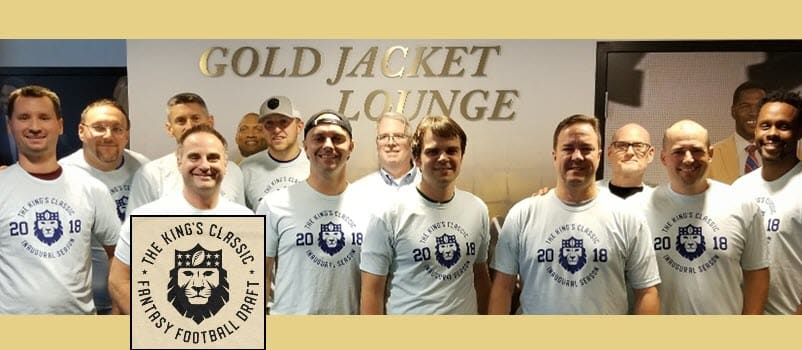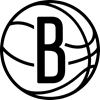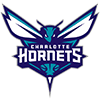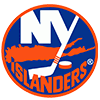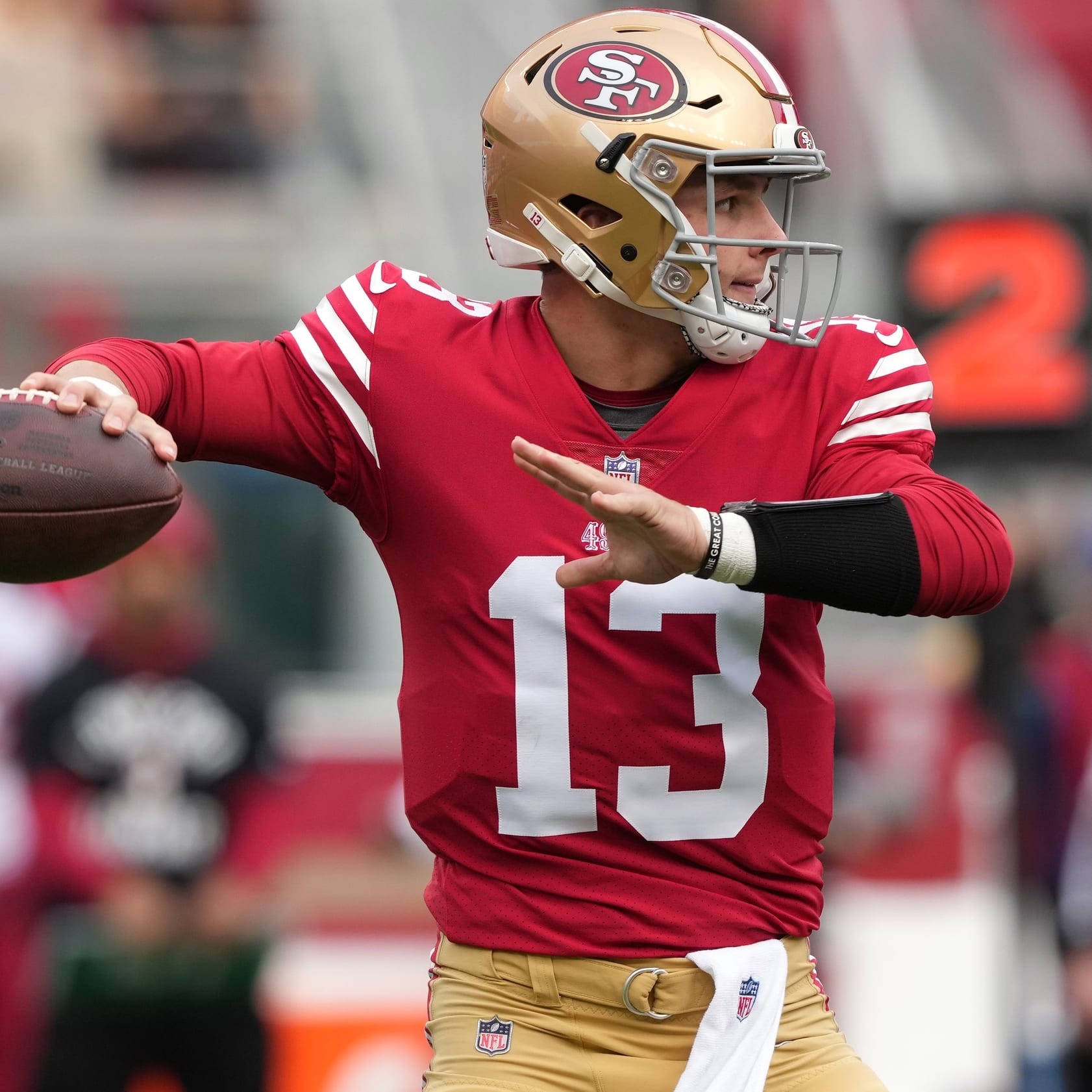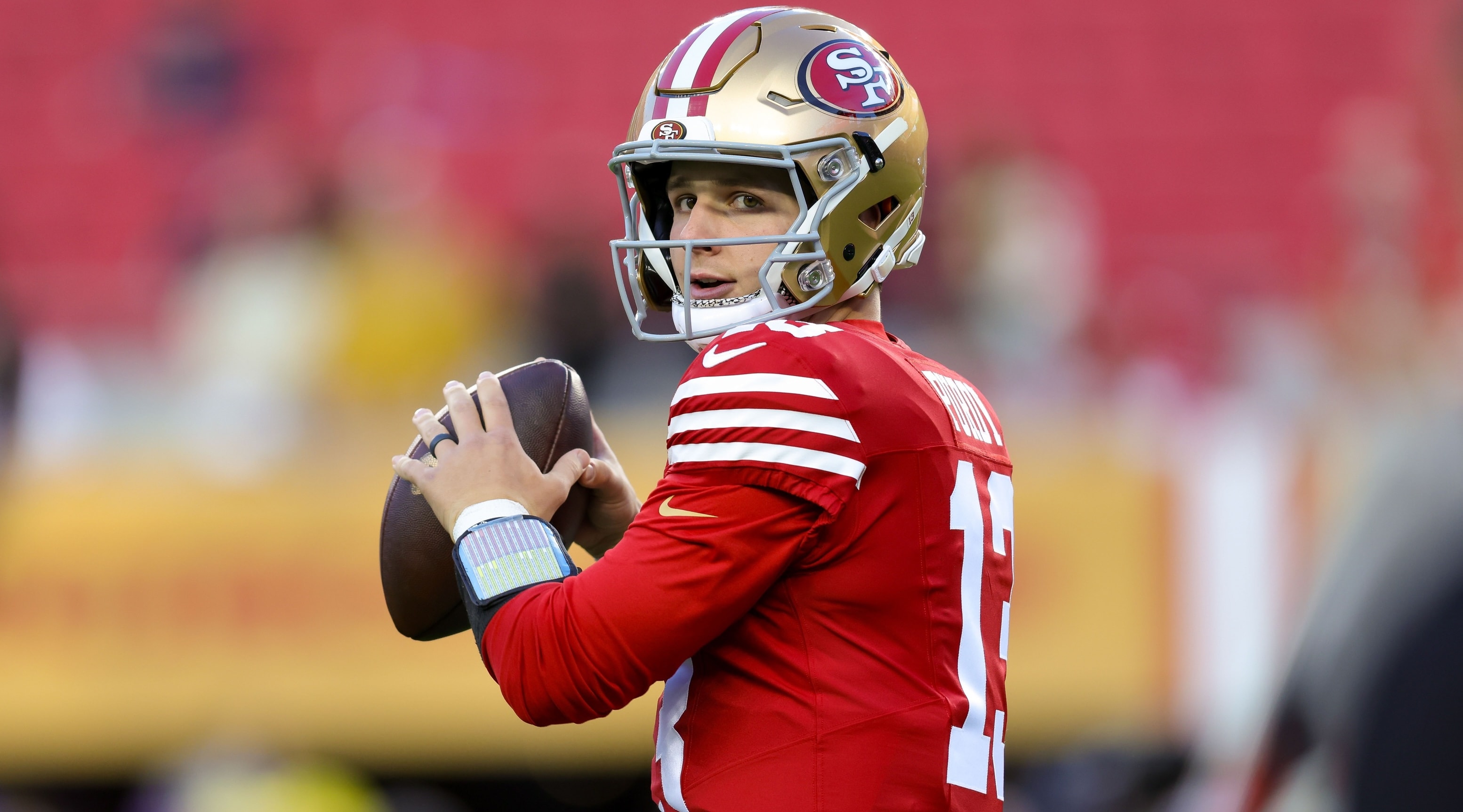(Editor's Note: Jim is a humble guy and does not like to brag. I asked him to write this article after he won The King's Classic Jim Brown League for 2021. Jim is a founding member of the professional expert league. I thought RW fans would enjoy learning how Jim won. He previewed the auction here and provided a post-auction summary here. Jim requested we call this "Building a Championship Team in the King's Classic Salary-Cap Draft League.")
I've had the great fortune of representing RotoWire at the annual King's Classic League each year since its inception in 2018. In 2021, not only was this a live salary-cap draft, but the draft took place in the Gold Jacket Lounge at the Pro Football Hall of Fame in Canton, Ohio (as is it did pre-COVID). The Jim Brown division is considered the top division (there are three divisions) of the Classic, and it is composed of high-profile analysts. Here's who I competed with: Bob Harris, Mike Clay, Brad Evans, Jeff Ratcliffe, Dave Richard, Curtis Patrick, Patrick Daugherty, Andy Behrens, Michael Fabiano, Colby Conway, Dom Cintorino, Scott Atkins and founder Bob Lung. Fortunately, I was able to put together a team that earned the No. 1 seed with an 11-3 record while also leading the league in total points before carrying that momentum through the playoffs, which led to a League Championship. Hooray! (I also competed in the snake draft with this same group of players. Despite finishing fifth
(Editor's Note: Jim is a humble guy and does not like to brag. I asked him to write this article after he won The King's Classic Jim Brown League for 2021. Jim is a founding member of the professional expert league. I thought RW fans would enjoy learning how Jim won. He previewed the auction here and provided a post-auction summary here. Jim requested we call this "Building a Championship Team in the King's Classic Salary-Cap Draft League.")
I've had the great fortune of representing RotoWire at the annual King's Classic League each year since its inception in 2018. In 2021, not only was this a live salary-cap draft, but the draft took place in the Gold Jacket Lounge at the Pro Football Hall of Fame in Canton, Ohio (as is it did pre-COVID). The Jim Brown division is considered the top division (there are three divisions) of the Classic, and it is composed of high-profile analysts. Here's who I competed with: Bob Harris, Mike Clay, Brad Evans, Jeff Ratcliffe, Dave Richard, Curtis Patrick, Patrick Daugherty, Andy Behrens, Michael Fabiano, Colby Conway, Dom Cintorino, Scott Atkins and founder Bob Lung. Fortunately, I was able to put together a team that earned the No. 1 seed with an 11-3 record while also leading the league in total points before carrying that momentum through the playoffs, which led to a League Championship. Hooray! (I also competed in the snake draft with this same group of players. Despite finishing fifth overall in total points, my record didn't reflect that, and I missed those playoffs.)
Here's my Super Bowl final score (scroll down for Week 17 details):

After going through changes in league size and roster requirements, this was the first year we've had the same setup for two straight years. Since we carried over the salary cap format, I was able to use the lessons I learned from the 2020 season to help me succeed this year.
What I Learned Going into the Season
With 14 teams, 10 starting players (including three flex spots) and four IR spots, I learned in 2020 that the majority of teams (including mine) had flex options (and sometimes positional starters) that were barely scoring any points. Those teams had no margin for error. So in my planning, my biggest goal was to acquire players who were not overly expensive, which would help me avoid weak spots in my roster.
The Salary-Cap Draft Strategy
Part One
In terms of spending, it was going to be vital to keep spending low at tight end and quarterback, to address scarcity at running back and wide receiver.
At QB, I was out on the consensus top options, as I expected each to go for at least $12 dollars. I needed to spend less than $10. I would've been happy with Tom Brady or Matthew Stafford. After the expensive QBs were selected, both Brady and Stafford actually ended up being the last two QBs that I had as strong starters left on my board. Since Brady was the first of the two nominated, and I was worried the last one (Stafford) would get bid up due to positional scarcity, I settled on Brady.
At TE, I was high on Noah Fant. He ended up being very affordable. Fant wasn't as good as I hoped, but had a steady floor most weeks.
Part Two
My plan was to come out of the draft with five or six WRs who I projected to have high floors and some ceiling potential. If successful, these six players would be my three starting WRs and two or three flexes.
I planned on spending for Cooper Kupp, believing he would be a top-five WR for WR2 money. Bingo! I was also hopeful to get deals on Brandin Cooks, Tee Higgins and Darnell Mooney. I fortunately got them all three at very affordable prices and felt they all could be WR2s who could be rostered for WR3/4 money.
Part Three
I would not pay elite money for a RB, but I did want two viable RBs along with James Conner, who I viewed as a must have, and I was thrilled to get him for less than $10. Based on my projections, I felt I got deals on Antonio Gibson and Clyde Edwards-Helaire (each at about 20 percent of my cap), and for what all viable RBs were going for, I had to spend up to some degree. Finally, I did want Rhamondre Stevenson as well and added him for a dollar or two in the endgame.
Part Four - Post-Draft
After the draft, I had a few scrubs on my bench, and saw Christian Kirk was undrafted. Kirk had breakout potential, so I immediately added him to my roster, which worked out well.
In-Season Strategy
Knowing that the waiver wire would be very thin due to the size of the rosters and the IR spots that could be used even if a player was just ruled out for one game, I wanted to bid aggressively on any player who I felt would be able to bolster my lineup. I also wanted to keep potentially good players from getting to my competitor's rosters. Overall, this part of the plan was largely a failure.
The biggest mistake I made was spending too much money on marginal WRs on waivers. I would repeat the K.J. Osborn mistake for $17 based on his early-season usage, even though it didn't pan out. That said, I should have bid less than $10, and if I didn't get him, oh well! That said, every other waiver claim was wasted money, and I went into the playoffs without any FAAB.
Aside from the wasted waiver moves, I actually had my two best pickups in free agency (non-waiver). I added Zach Ertz right before the Cardinals acquired him. In playoffs, I snagged Braxton Berrios, who I ultimately didn't need, but was happy to keep off other rosters.
Another mistake I made was a key player drop. After watching Bill Belichick do what Bill Belichick does with RBs, I waived Rhamondre Stevenson around mid-season. The worst part of the mistake was that I said during the preseason he'd be someone to count on late in the year.
With the team I assembled, my squad accomplished the following:
My team never scored fewer than 117 points in any game while scoring more than the league average 13 times. Of the three losses, none was by double-digits.
Including the postseason, my team posted 11 wins out of the last 12 weeks.
Winning The Playoffs
Even though my team scored well in almost every game, there's nothing like getting hot in the playoffs. My Week 11-17 average was 160 with no game lower than 142 from Week 12 on, and this was in a league where the average score was 124.
And in the playoff weeks, including the bye week (Week 15-17), I averaged 166 points per contest. In addition, my highest-scoring week of the season was in the championship week. Boom!
Despite having a high-performing team all year, my only games with more than 159.6 or more points all came in the last 5 weeks.
As mentioned in my pre-draft plan about the need for having high-floor flex options, in the title game, my three flexes scored 55 points while my opponent's had just over 10 points. This was the main catalyst in the victory and was part of my preseason plan.
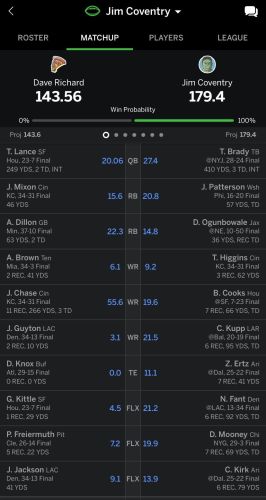
The Luck Factor
Anyone who tells us that luck isn't part of fantasy football is giving us advice that's likely off the mark. Sure, I feel I put together a great plan and a great team, but we've all been there. How many times did a critical injury or running into a buzzsaw in the playoffs derail your past teams? That said, these were the areas that I identified as ones that included differing measures of luck:
Pretty much every player I targeted in the draft matched or exceeded my preseason expectations. I purposely acquired some players who I believed in, but the fantasy community wasn't in lock step with me, and when we do that, it often leads to a blend of hits and misses.
Also, my Injury luck was favorable: six of my core 10 starters from Week 1 were in my lineup in the title game with very few games missed in between. That said, my RBs started to break down during the playoffs (more on that later). And the only player I lost to long-term injury was a player I didn't target as part of my pre-draft plan.
Even though Antonio Gibson played through injuries all season, I was stubborn by not stashing his direct backup, Jared Patterson. After different managers picked up and dropped Patterson two or three times, he was dropped right before the fantasy playoffs and when he cleared waivers, it allowed me to add him, and I ended up needing him in Week 17.
And the biggest instance of luck came in the championship game. With my three RBs of Gibson, Clyde Edwards-Helaire and James Conner out in Week 17, I needed a RB besides Patterson. Going into the waiver period, my opponent, Dave Richard, had $3 of FAAB and I had zero. Dave claimed three players, including Derrick Gore (I wonder if he thought I was targeting him without Edwards-Helaire). I actually wanted Dare Ogunbowale. Our waivers usually clear at 2:30 AM on Wednesday- so I woke up at 2:50 in hopes there would be a rare RB I can use in free agency, and miraculously, Ogunbowale was available. An hour later, I noticed that Dave was adding another player, my guess is that it would've been Ogunbowale because he picked up JaMycal Hasty. If Dave gets the 14.8 points from Ogunbowale and I don't, the game would've been significantly closer.
Don't forget about the one piece of bad luck no fantasy manager wants in the playoffs! That's not catching the player who posts a crazy score. Well, Dave had Ja'Marr Chase in Week 17, and he had 55.6 points! Yet somehow, I survived.
Then there's the luck that you make on your own. If I was the #2 seed and had not earned the #1 seed, I would have lost to Dave Richard in Week 16, as Dave scored 177 points, which was his only game over 160 all year (I scored 160.08 in that round)
The Final Word
As always, a successful season is a combination of knowing your league settings, having strong convictions about specific players (with at least a fair percentage of those working out) and having some luck along the way.
Competing with the group of fantasy managers in the Jim Brown division of the King's Classic is one of the greatest challenges I can imagine. Going into 2022, I will keep a similar plan to what I had for this year with the exception of not overspending on waivers because if I make the playoffs, having some FAAB is a critical piece of postseason success. That said, one of the best things about competing with this group is that everyone makes adjustments each year, so nothing will ever come easy. But for now, I proudly and humbly have this title, and once I receive the championship belt, it will be prominently displayed in my media case as a reminder of one of the best teams I've ever assembled.


